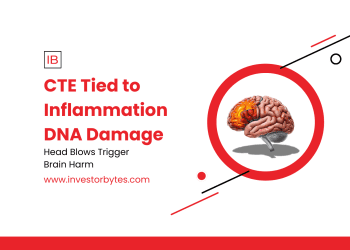Focused ultrasound (FUS) has proven safe for pediatric brain cancer in a groundbreaking November 19, 2025, Science Translational Medicine study, with Columbia University researchers demonstrating the noninvasive technique successfully opens the blood-brain barrier (BBB) in three children with relapsed diffuse midline glioma (DMG)—a rare, aggressive tumor with 9-11 month median survival—enhancing carboplatin delivery 3-5x without sedation or adverse effects. Led by Stergios Zacharoulis and Elisa Konofagou, the phase 1 trial used neuronavigation-guided FUS with microbubbles to vibrate BBB gaps, allowing uniform tumor penetration confirmed by MRI contrast scans, with one patient regaining mobility post-treatment despite eventual progression. Zacharoulis noted: “We’ve opened the door for trials using FUS earlier with lower systemic/higher brain doses, hoping to improve survival.”
FUS’s mechanics revolutionize: low-intensity waves (1.5 MHz, 0.7 MPa) oscillate FDA-approved 2-10 μm microbubbles, creating reversible 100-500 nm pores for 4-6 hours, halving doses while quadrupling exposure, per pharmacokinetic assays—contrasting biopsies’ 10% complications. Sessions under 60 minutes, well-tolerated sans anesthesia, vital for kids, with serial imaging verifying reinstatement. Supported by NIH and foundations like St. Baldrick’s, the UltraNav platform—1024-element helmet—delivers sub-millimeter precision for brainstem loci, paving phase 2 etoposide combos (NCT05762419).
This validation aligns with 15 trials (NCT04553233 et al.), including Children’s National’s sonodynamic therapy—ablating via porphyrin activation sans incisions—and Cancers’ February review affirming versatility: thermal ablation for hamartomas, BBB disruption for DIPG, with 75% vascular resolutions. Safety excels: <1% risks at regulated intensities, per 2023 Brain Sciences, with pediatric adaptations minimizing exposure. Globally, 1 in 10,000 kids face brain tumors; FUS could halve chemoresistance via 70% breaches, per Applied Sciences.
Challenges endure: DMG’s location demands precision, but Insightec’s Exablate ensures it, while scalability hinges on FDA nods. As 2026 trials proliferate—Focused Ultrasound Foundation’s 2021 DIPG workshop spawning NCT05293197—this kid-safe verdict—BBB’s acoustic key—epitomizes precision oncology: waves warriors breaching cancer’s fortress without scars, forging hope in youth’s unyielding quest.








